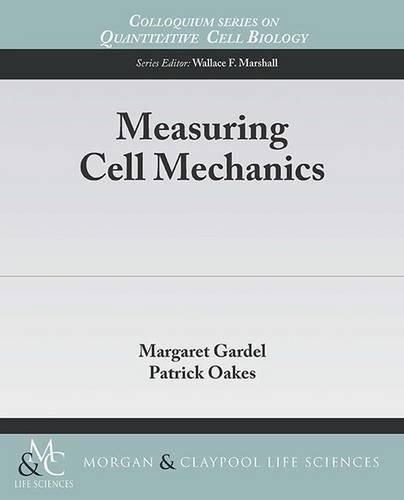Readings Newsletter
Become a Readings Member to make your shopping experience even easier.
Sign in or sign up for free!
You’re not far away from qualifying for FREE standard shipping within Australia
You’ve qualified for FREE standard shipping within Australia
The cart is loading…






Cells are inherently physical entities that both experience mechanical forces from their external environment and generate their own internal forces to drive cell motion. Our particular aim here is to present the reader with an introduction to the primary tools used to measure these mechanical interactions and the material properties of cells that result from them. These approaches can be applied to a diverse array of physiological processes and systems, providing important insight into the regulatory roles of mechanical interactions in cells. We cover techniques at both the molecular and cellular scales, including those that actively and passively probe the system. Along the way we cover the fundamental principles of each approach, while emphasizing the relevant length and timescales, along with the typical magnitudes of the measurements that can be made. Each section ends by highlighting uses of the various techniques in recent relevant publications, illustrating the exciting future of cell mechanics in quantitative cell biology research.
$9.00 standard shipping within Australia
FREE standard shipping within Australia for orders over $100.00
Express & International shipping calculated at checkout
Cells are inherently physical entities that both experience mechanical forces from their external environment and generate their own internal forces to drive cell motion. Our particular aim here is to present the reader with an introduction to the primary tools used to measure these mechanical interactions and the material properties of cells that result from them. These approaches can be applied to a diverse array of physiological processes and systems, providing important insight into the regulatory roles of mechanical interactions in cells. We cover techniques at both the molecular and cellular scales, including those that actively and passively probe the system. Along the way we cover the fundamental principles of each approach, while emphasizing the relevant length and timescales, along with the typical magnitudes of the measurements that can be made. Each section ends by highlighting uses of the various techniques in recent relevant publications, illustrating the exciting future of cell mechanics in quantitative cell biology research.